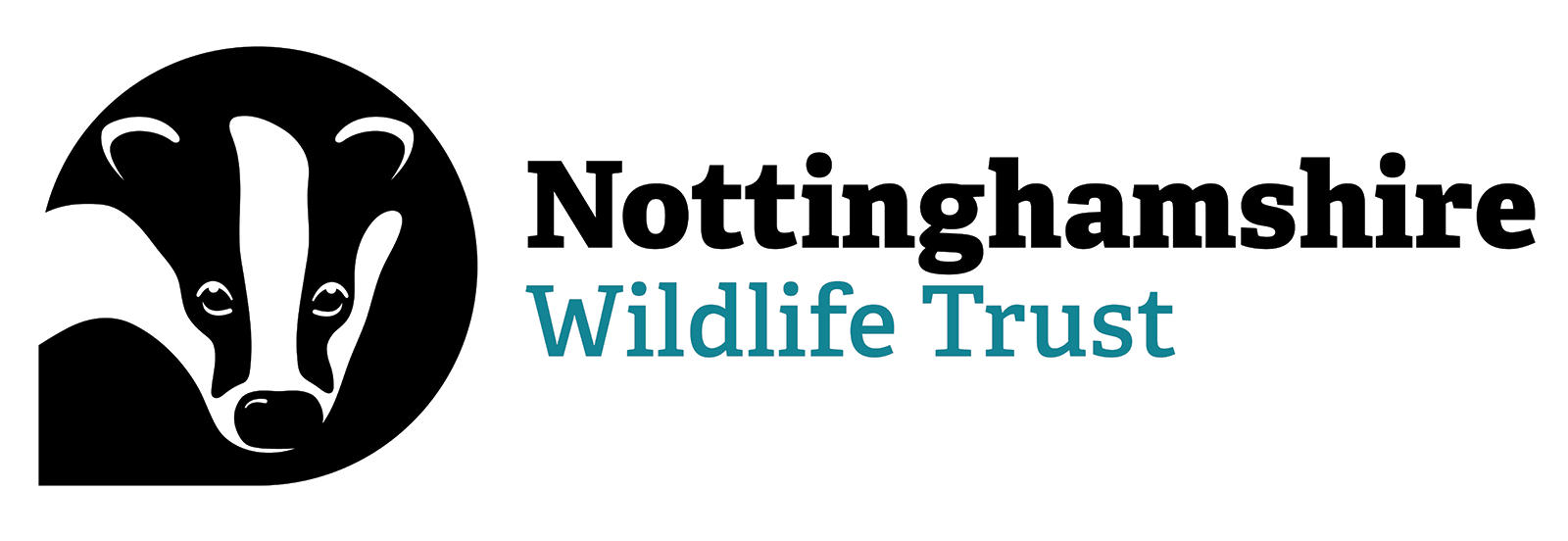
The Herebeorg - A Saxon Saga

If you are a regular visitor to Skylarks Nature Reserve you may have noticed the ongoing construction of an accessible footpath and bird hide overlooking the wetland of Blotts Pit. You may also finally be rejoicing at its completion (I know I am!) and enjoying the views it offers.
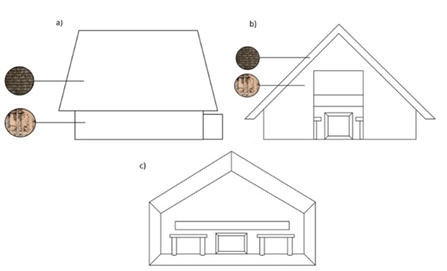
My first draft of the design for the hide
I began designing the hide, consulting stakeholders and applying for planning permission in 2020, before the pandemic hit. While the design choice for this hide seems unusual it is much closer to home than you may think. From archaeological discoveries we know that on the opposite side of the lake to the hide was an Anglo-Saxon settlement and graveyard, with around 80 graves found, an assortment of pottery and iron objects, plus remains of a structure that would have once looked like this (source: Nottinghamshire Historic Environment Record).
With the knowledge that people have been using the site for many, many generations, it only seemed right to design a bird hide paying homage to this, while creating a fully accessible place for all to enjoy nature.
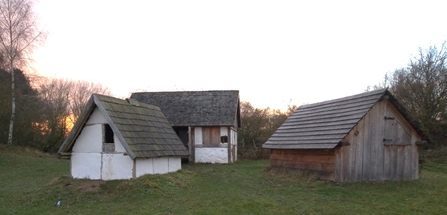
The three Gruben-Haus at Skylarks Nature Reserve, built by the Skylarks Experimental Archaeology Group (the largest is sadly no longer standing)
Gruben-haus, or pit houses, were the style of house used by inhabitants of northern Europe over a thousand years ago, and when Anglo-Saxons invaded and settled in Britain they brought this design with them. You may recognize the style of building from similar structures near the entrance of the nature reserve, built in collaboration with the Skylarks Experimental Archaeology Group. However, unlike these structures which are truly pit houses, built over a sunken floor, The Herebeorg has a more functional and user friendly design incorporating large windows for viewing the wetland, a level gravel floor that is easy to access and a kickout for wheelchair users.
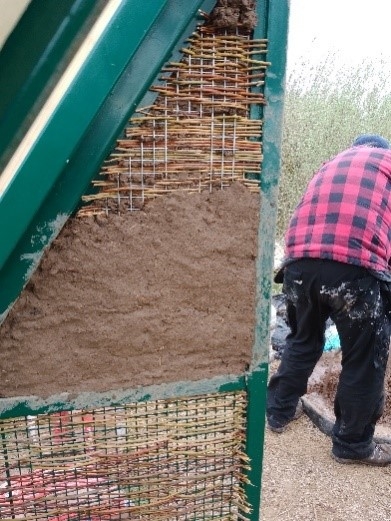
Wattle and daub being applied over the willow
The Herebeorg then cannot truly be called a replica gruben-haus, however it was heavily inspired by them to create (probably) the only bird hide in the world that looks like one. It incorporates both modern and ancient building technique, with a metal frame as the base, giving stability to the structure. This underwent quite a transformation, with willow woven into the metal followed by 2-3 layers of wattle and daub. Finally, several coats of lime-wash went on top to weather proof the daub. The hide is therefore very sustainable, incorporating a large proportion of natural materials taken from Nottinghamshire Wildlife Trust nature reserves. The willow came from Skylarks, harvested through vital scrub removal on the wetland and the roof is milled ash, felled from Dukes Wood due to ash dieback. Sand for the daub came from Skylarks, while the clay component of it is from Wilford Claypit. With the careful tutelage of Roger and Monty from the experimental archaeology group, we learned the special recipe for making wattle and daub and how to lime-wash it for longevity.
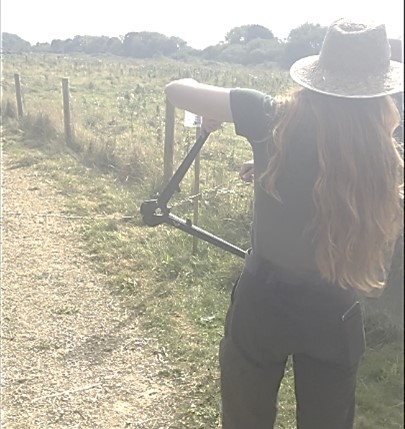
The grand opening of the hide
Despite some unfortunate and unforeseen delays, we had the grand opening of the hide in September, though I decided to have my own version of a ribbon cutting! I very much enjoyed cutting through the fencing that was keeping the hide closed to visitors while it was under construction.
Some of the wildlife you may see from the hide include cormorants, egrets, lapwing, oyster catcher, ringed plover, kingfisher and roe deer. You may also see some of our conservation grazers, our beautiful English longhorn cattle.
This brings me finally on to the name of the hide, The Herebeorg (pronounced hair-bay-org). This was the final decision to be made on the hide, and perhaps the hardest. We looked into many options of names in Old English, the language spoken by the Anglo-Saxons, but it was this suggestion by Nick, a volunteer warden at the reserve, that was the perfect fit. Its translation into modern English means the refuge, or the shelter. I can’t think of a better name for this hide, which is truly a safe place to go and experience nature, whether you wish to bird watch or simply stare at the water and listen to the wind blow through the reeds. I hope you love and enjoy this hide as much as I do!
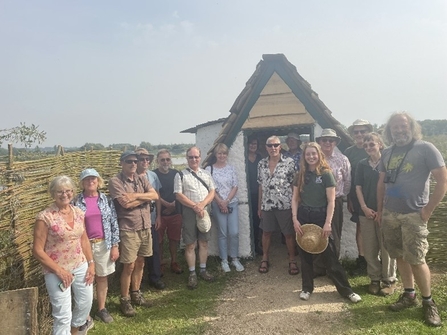
I could never have completed this project alone, so there are a few thank-yous in order! Thank you to Gary from Gibbs Fabrications for not running away at my suggestion of such a bird hide, and for providing us the metal frame. Thank you to the Skylarks Experimental Archaeology Group, particularly Roger and Monty, for their patient teaching in the dark art of daubing and the use of some of their tools and materials. Thank you to the volunteer wardens, Martin and Nick, for all their hours helping to weave willow, daub and lime wash and supporting the project throughout. Finally, thank you to all the volunteers who put up with all the sessions working on the hide.
